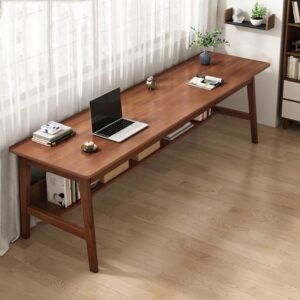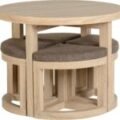The Journey of Wood Dust and Mistakes
So, picture this: it’s a chilly Saturday afternoon in my little town, the kind where the sun peeks just enough through the clouds to make you forget about winter for a second. I’m sitting at my kitchen table, cup of black coffee in hand—strong enough to wake the dead—and I’ve got the whiff of fresh pine floating in from the garage where I’ve set up my makeshift workshop. Now, I don’t know if anyone ever told you, but if you get into woodworking, prepare yourself for all the glorious mistakes that come hand in hand with that sawdust.
I remember when I first decided to dive into this whole apprenticeship thing. It was almost as if the universe had lined everything up for me. I was scrolling through some woodworking videos online—yeah, those rabbit holes we all go down—and stumbled upon this one dude shaping an intricate coffee table from a single slab of walnut. The way the wood gleamed, how he effortlessly sanded away the imperfections—it was mesmerizing. I thought, “I can do that.” Oh, how blind we can be!
Getting Started
So, I got some tools—just a few hand-me-downs from my dad and a couple of Power Tools I picked up at the local hardware store. You know, the kind that look extra shiny when you buy them but end up collecting dust after the first week? I went with a Ryobi circular saw (works fine for the price) and got myself a decent set of chisels. Nothing fancy, just enough to get me in trouble.
Then, I made my first “project.” And by project, I mean a glorified rectangle of pine with a few rough edges. I thought I’d be making a beautiful cutting board, sipping on coffee while it came together, and chatting with you about it afterward. But that’s not really how it went down.
I ended up mismeasuring a ton, thinking I was some sort of master carpenter when, in reality, I didn’t even know how to read a measuring tape properly. When it came time to cut, I was all excited, lined everything up, and—bam! I took a huge chunk out of one side instead of making a smooth, even cut. I almost threw the whole thing out. I sat there staring at that poor piece of wood, wondering if I could just toss it in the fire pit and call it a day.
But then something happened. I took a breath, sat back down, and thought, “What if I just make this a part of the project?” So, I sanded the edges down and turned that mistake into a kind of design feature. It’s funny how sometimes, what seems like a disaster can turn into something unique.
Learning the Ropes, One Mistake at a Time
Fast forward a few weeks, and I thought I’d graduated from the school of “kinda know what I’m doing.” I decided to take on a bigger project—a bookshelf for my daughter’s room. Again, bright-eyed and bushy-tailed, but man, I was in for it.
I picked up some oak for this one—oh boy, oak! The scent of that wood when you cut into it is just heavenly. It’s rich and inviting. But let me tell you, oak gives a whole new meaning to the term “hardwood.” I was sawing these boards, hands shaking with excitement… and then I realized my blade was getting dull. You know that sound when the saw starts to whine—like it’s begging for mercy? That was my life at that moment.
And then there was the time I mixed up wood glue and wood filler. Can you imagine? I was all set to assemble the whole thing, and instead of using this mean-sounding wood glue that you’d think could hold together a house, I used filler. It’s meant for filling gaps, not for holding things together. I couldn’t understand why things didn’t feel right when I assembled the bookshelf. I ended up sitting on the garage floor like a kid who dropped their ice cream, just staring at this jumbled mess.
At that moment, I almost gave up. I could hear that little voice in my head whispering about how I should probably just stick to buying stuff pre-made. But for some reason, I couldn’t shake the idea of trying again. So, I pulled myself up, cleaned the workspace, and got back to it.
The Euphoria of “It Actually Worked”
When I finally assembled that bookshelf again—this time with proper glue—I felt a rush. You know how you can be right at the brink of something, ready to throw in the towel, and then, just like that, it works? I laughed out loud when I realized I had finally done it. Just seeing my little girl’s eyes light up as she squeezed in all her books made every struggle worth it.
Now, every piece I create isn’t perfect, but neither am I. And honestly, that’s kind of the point, isn’t it? Each scratch and misaligned edge tells a story. It’s beautiful in its imperfect way, just like life.
So, if you’ve ever found yourself staring at a block of wood, wondering whether to pick up that tool or just scroll for a how-to video—just dive in. Seriously, you might just surprise yourself.
And remember, every master was once a disaster—like me with my half-finished, back-to-the-drawing-board projects. So go out there, embrace the wood dust, and don’t be afraid to screw up. Because when it clicks and you see that final piece come together? That moment is pure magic.


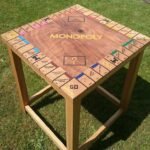

-768x768-150x150.jpeg)
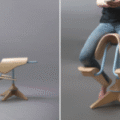

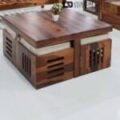
-300x213-120x120.jpeg)
